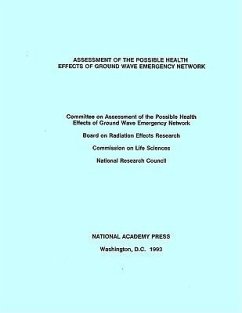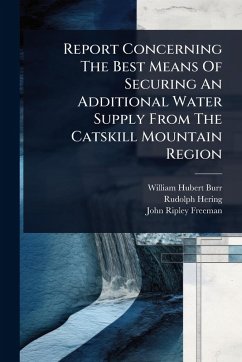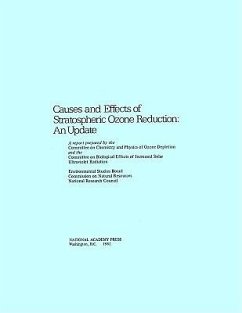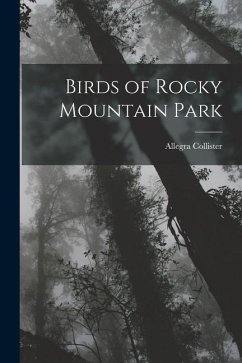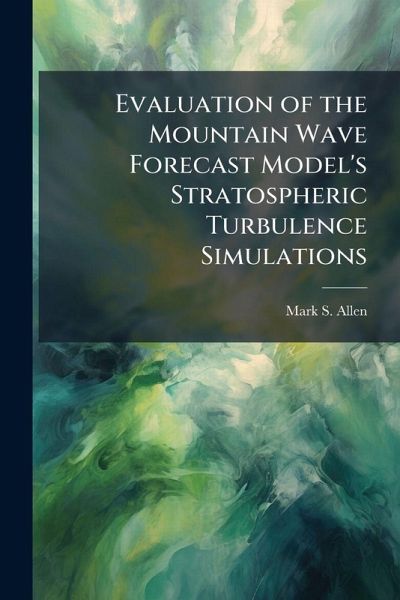
Evaluation of the Mountain Wave Forecast Model's Stratospheric Turbulence Simulations

PAYBACK Punkte
8 °P sammeln!
Stratospheric turbulence (Stratoturb) is a well-known hazard to aircraft in flight. Forecasting mountain waves, specifically the breaking of these waves, is necessary to accurately predict the presence of Stratoturb. The Air Force Weather Agency (AFWA) requested a product with the capability of forecasting Stratoturb at 30, 50, and 70 mb using model data currently available. To facilitate their request, the Mountain Wave Forecast Model (MWFM) was acquired from the Naval Research Laboratory. MWFM turbulence forecasts generated twice daily over East Asia, using the AVN and MM5 models for initial...
Stratospheric turbulence (Stratoturb) is a well-known hazard to aircraft in flight. Forecasting mountain waves, specifically the breaking of these waves, is necessary to accurately predict the presence of Stratoturb. The Air Force Weather Agency (AFWA) requested a product with the capability of forecasting Stratoturb at 30, 50, and 70 mb using model data currently available. To facilitate their request, the Mountain Wave Forecast Model (MWFM) was acquired from the Naval Research Laboratory. MWFM turbulence forecasts generated twice daily over East Asia, using the AVN and MM5 models for initialization, were compared to 'S' layer turbulence analyses from the Rawinsonde Observation (RAOB) program, currently used operationally to warn aircrews. Actual verification of the MWFM forecasts was unachievable since in situ turbulence observations were not available, and as a result only subjective assessments of the MWFM's capabilities were possible. The MWFM was determined to be the superior forecast tool based on the temporal and spatial coverage provided when compared to RAOB as well as its promising ability to alleviate the reported overforecasting inherent to the RAOB analyses. Therefore, the MWFM, including code modifications made at AFIT, was recommended for use by AFWA. Further objective analysis of the model's accuracy should be conducted. This work has been selected by scholars as being culturally important, and is part of the knowledge base of civilization as we know it. This work was reproduced from the original artifact, and remains as true to the original work as possible. Therefore, you will see the original copyright references, library stamps (as most of these works have been housed in our most important libraries around the world), and other notations in the work. This work is in the public domain in the United States of America, and possibly other nations. Within the United States, you may freely copy and distribute this work, as no entity (individual or corporate) has a copyright on the body of the work. As a reproduction of a historical artifact, this work may contain missing or blurred pages, poor pictures, errant marks, etc. Scholars believe, and we concur, that this work is important enough to be preserved, reproduced, and made generally available to the public. We appreciate your support of the preservation process, and thank you for being an important part of keeping this knowledge alive and relevant.




![The Health Resorts of Europe [electronic Resource]: a Medical Guide to the Mineral Springs, Climactic, Mountain and Seaside Health Resorts, Milk, Whey Cover The Health Resorts of Europe [electronic Resource]: a Medical Guide to the Mineral Springs, Climactic, Mountain and Seaside Health Resorts, Milk, Whey](https://bilder.buecher.de/produkte/65/65532/65532332n.jpg)
